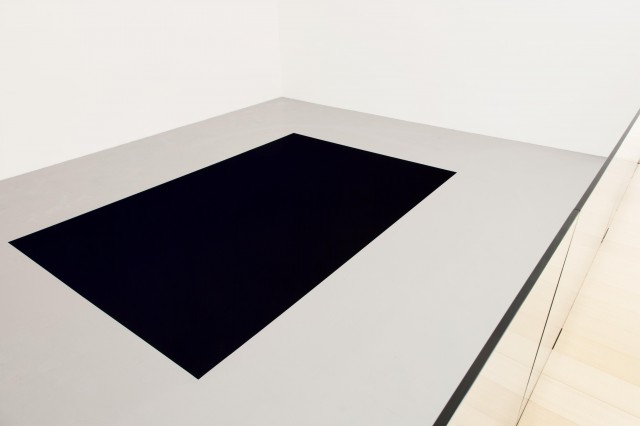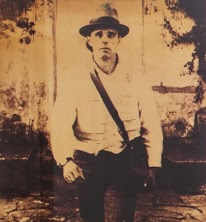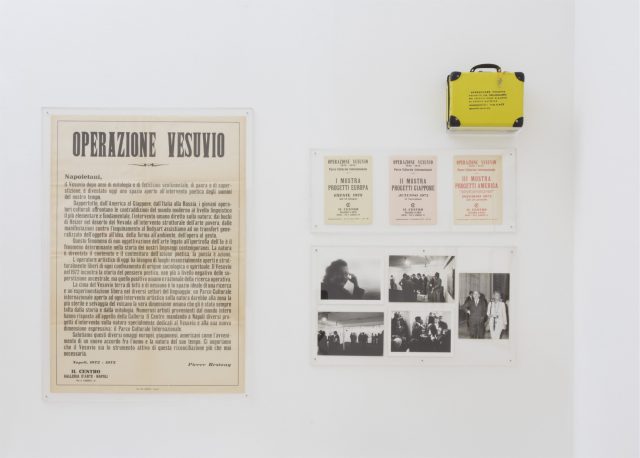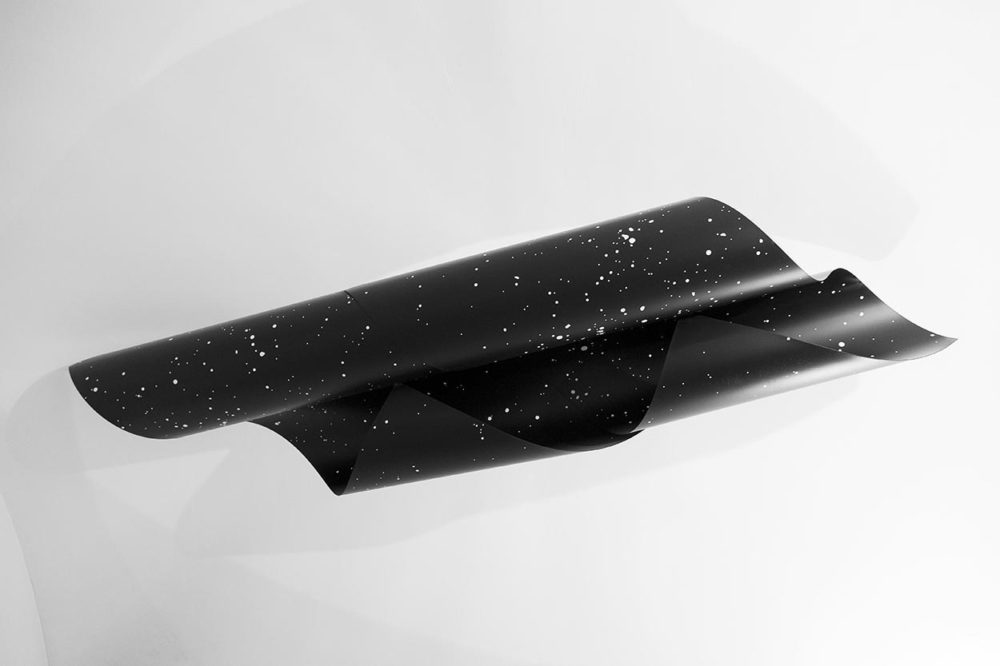Anish Kapoor, one of the protagonists of lish sculpture in the Eighties, uses pigments taken from the Indian decorative traditions of the Thousand Names series. His stones, large concave structures and reflecting metal sculptures oscillate with excellent results between solidity and transparency, geometry and organics, full and empty, redefining and amplifying the concept of sculpture in art. His poetry implodes and, at the same time, intensifies and delves deep into binary relationships, opposing energies, and the antithesis which make up the visible world and abstract thought through a vision which is never narrative or a caption, but coagulates and harmonises the dynamic tension and the subtle interaction between forces, substantiality and antithetic semblances. Light and shadow, negative and positive, male and female, material and immaterial, internal and external, full and empty, concave and convex, smooth and rough, natural and artificial, stiff and soft, solid and liquid, active and inert and, definitively, order and disorder, are just some of the polarities which render the universe sensitive and which, activated and moulded in the synoptic potential and in the sensuality of the form by induction metamorphise and metabolize the mystery of life. In the hollow on the floor of his room in the Madre museum Kapoor, with the extraordinary effect of catching the spectator off guard, channels the eye towards infinity and towards the bowels of Mother Earth.

Collection
Anish Kapoor
Anish Kapoor, Dark Brother, 2005. Courtesy Fondazione Donnaregina per le arti contemporanee, Napoli. Foto © Amedeo Benestante.


